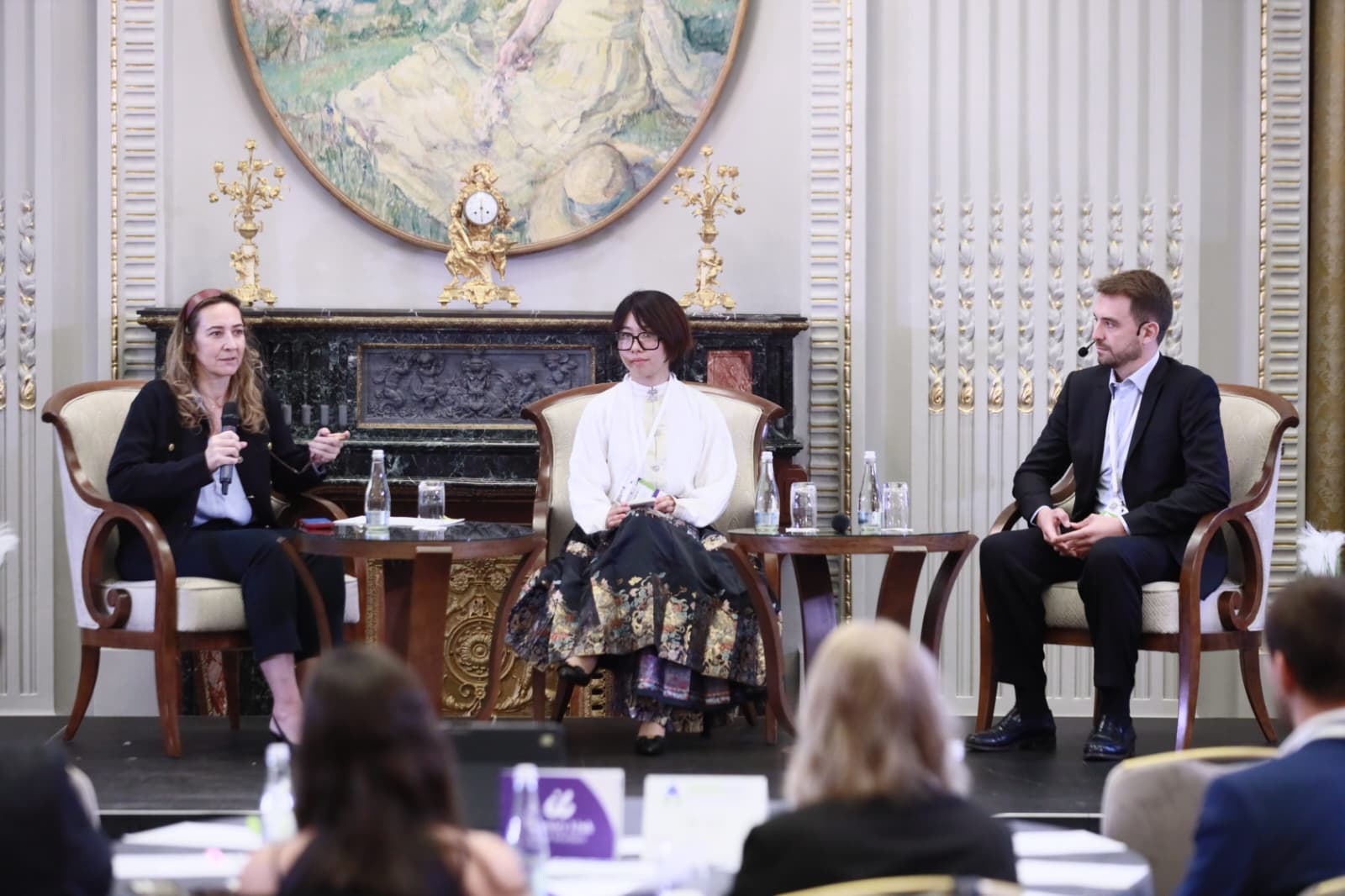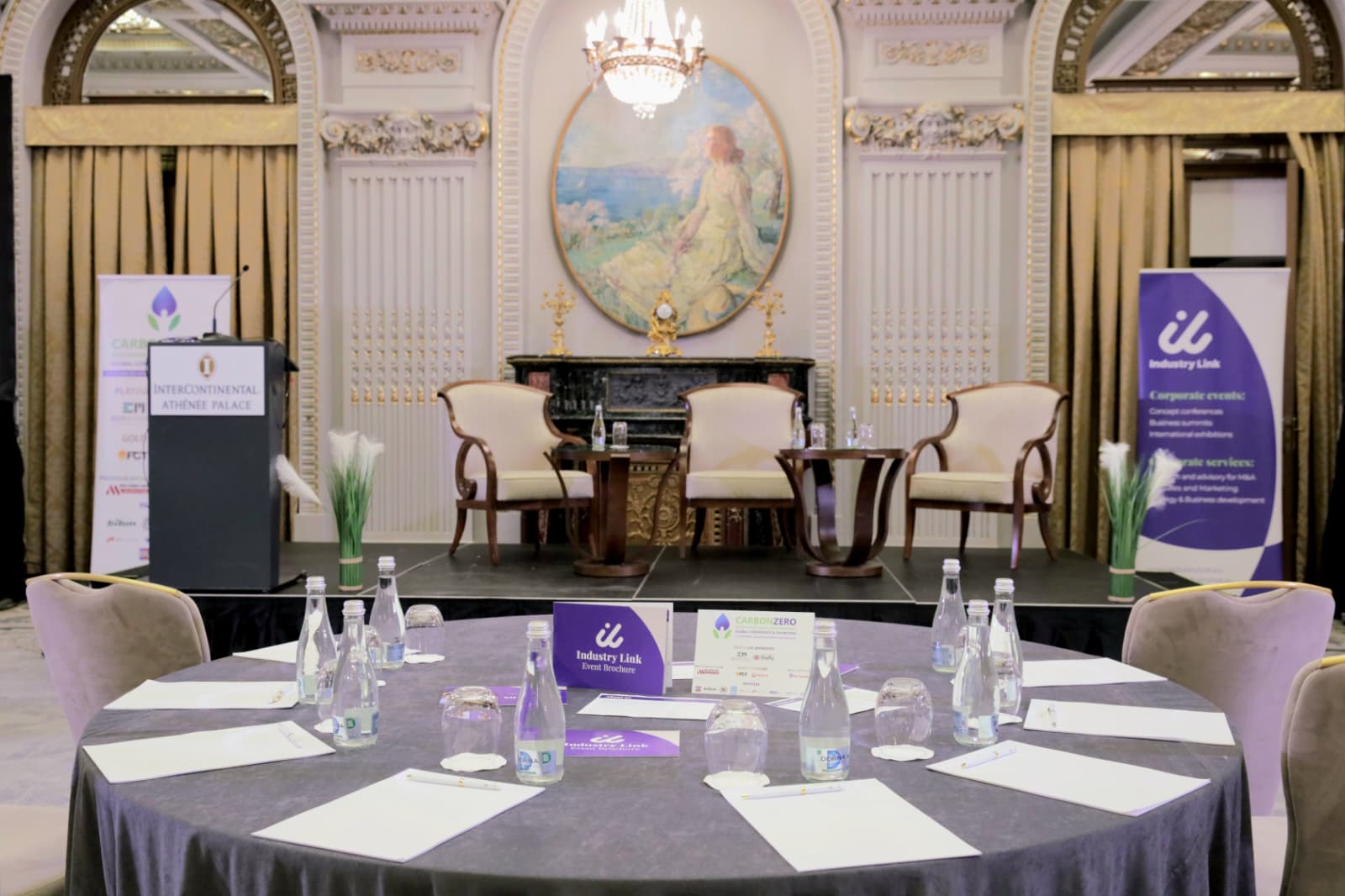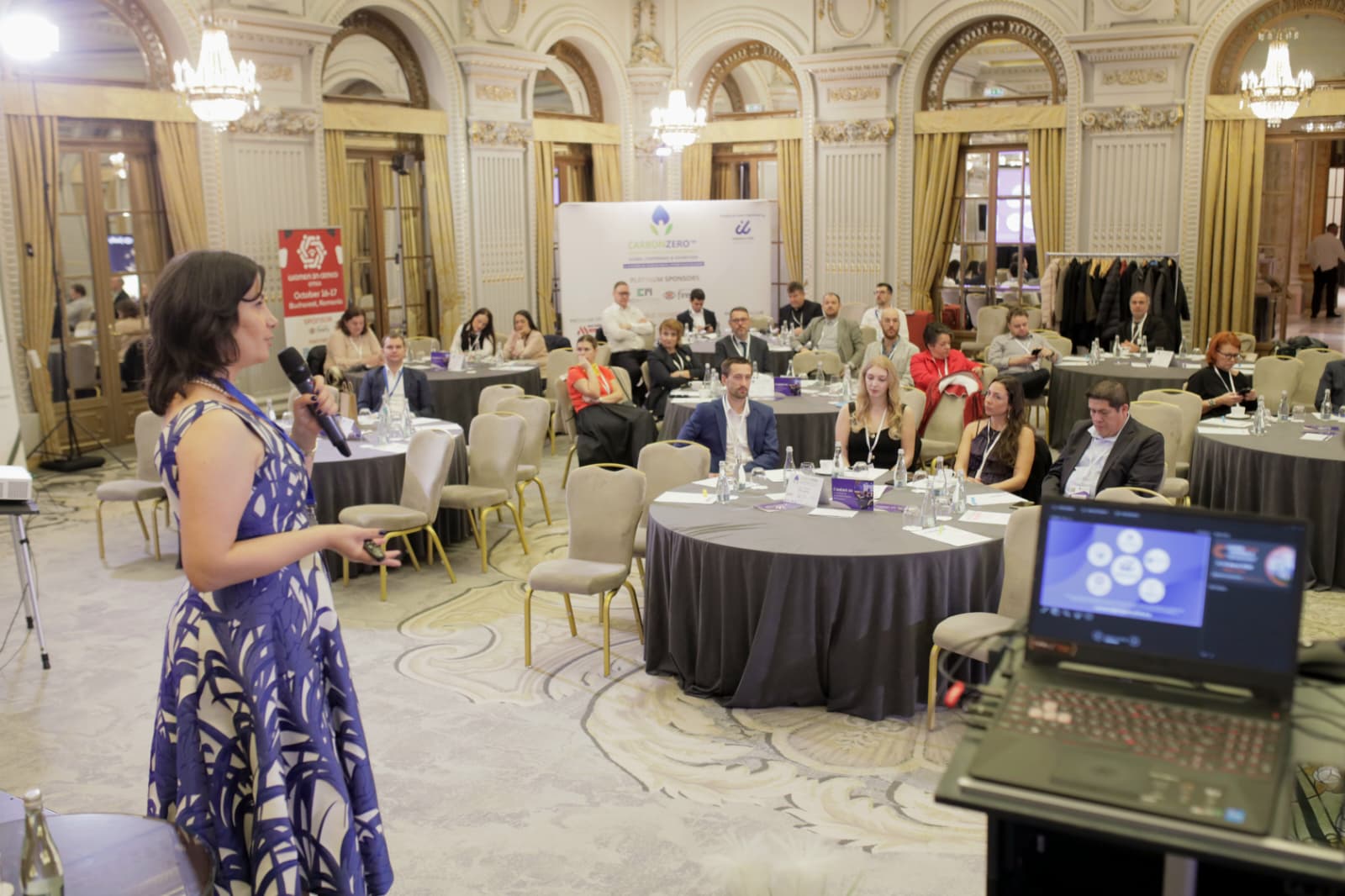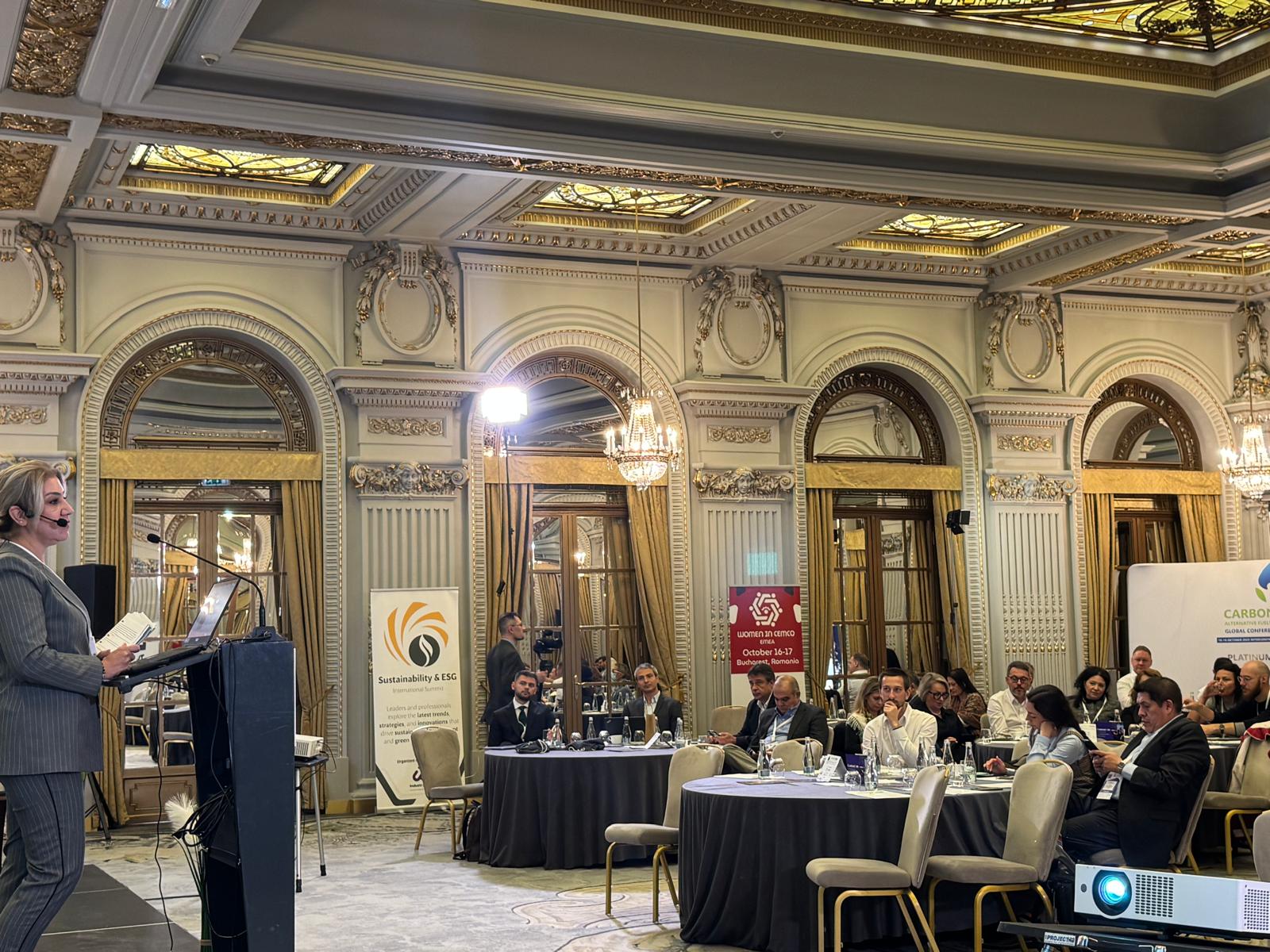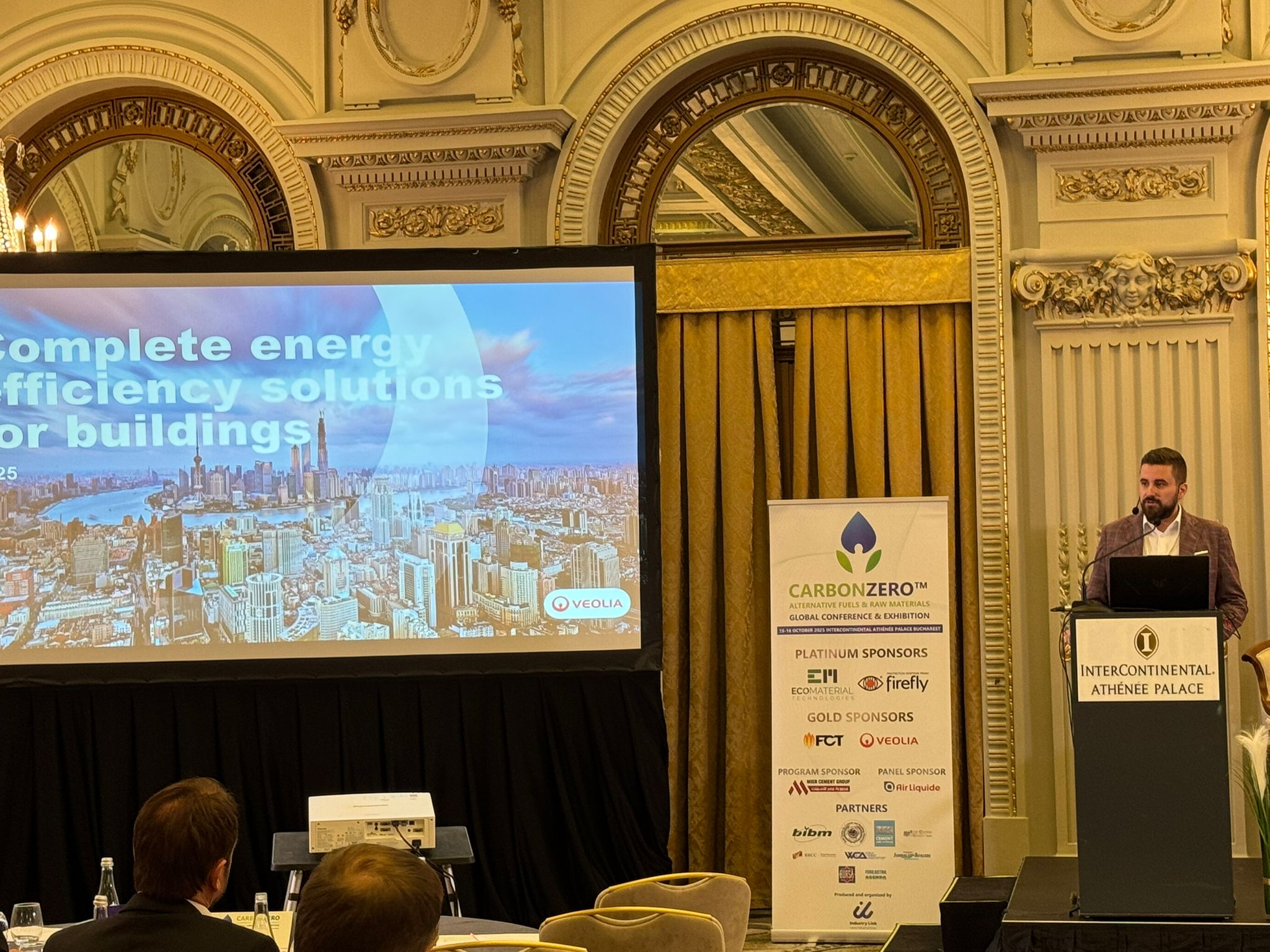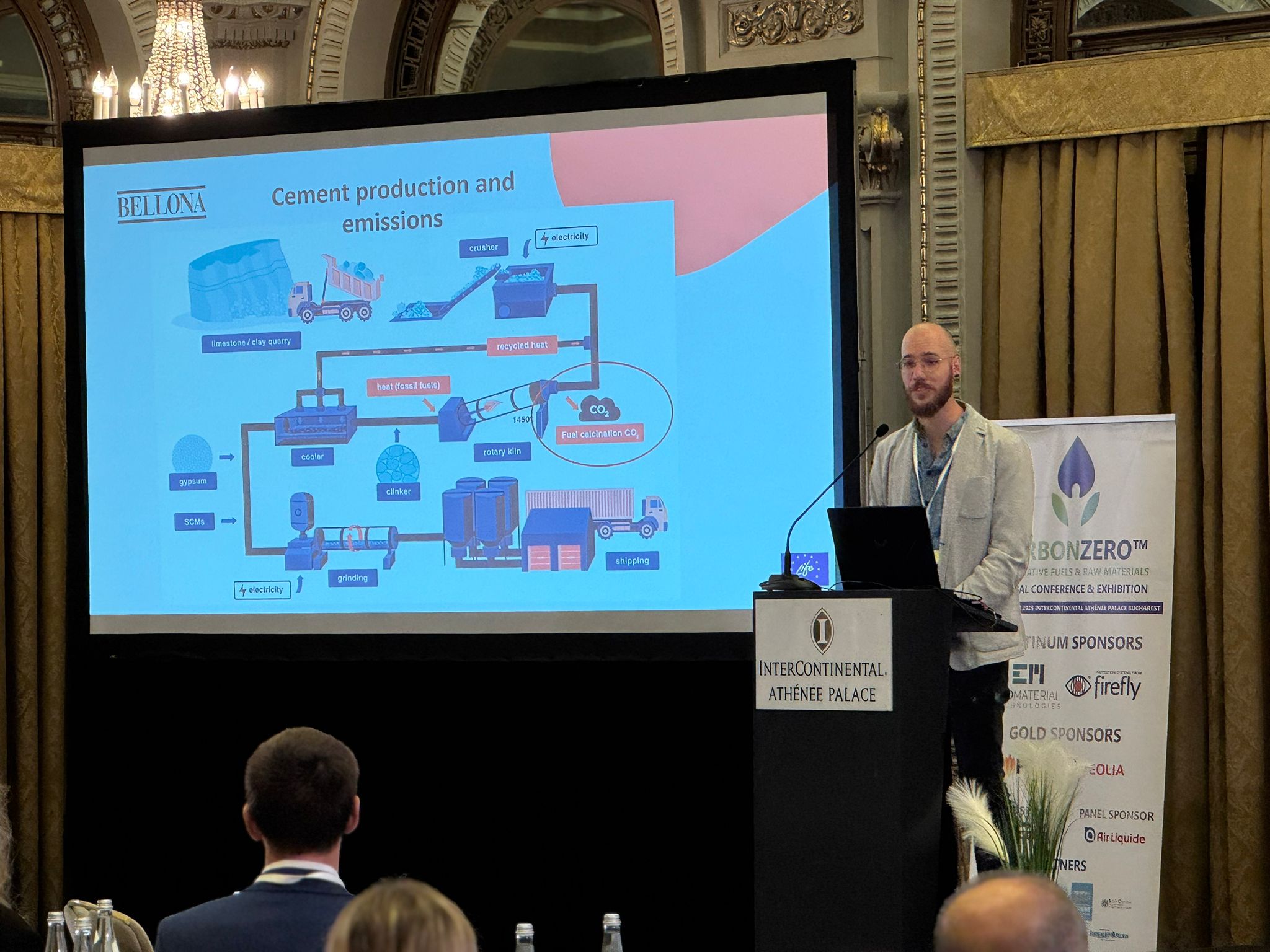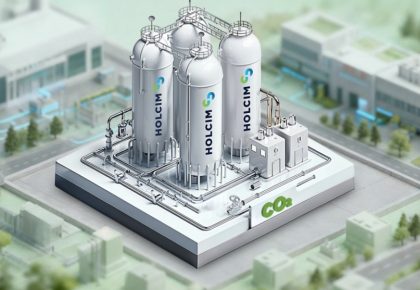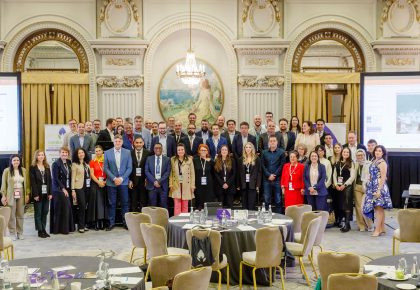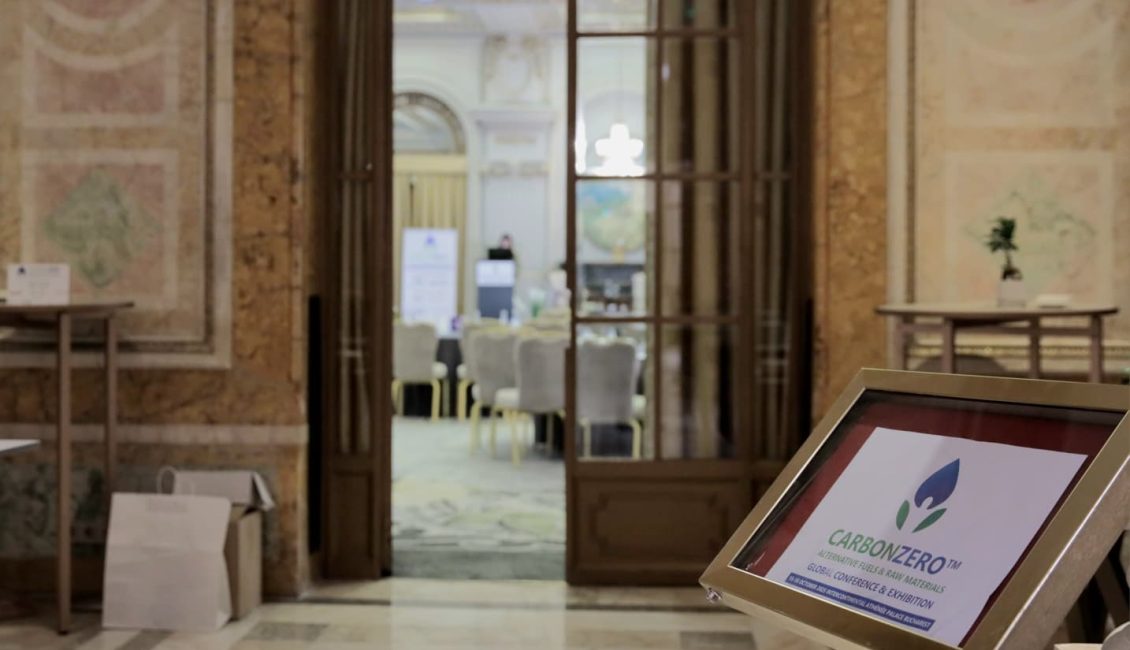
The elegant Le Diplomate Ballroom at the InterContinental Athénée Palace Hotel buzzed with energy as experts, innovators, and industry leaders from around the world gathered for CarbonZero: Alternative Fuels and Raw Materials Global Conference and Exhibition 2025.
For two days, Bucharest became a meeting point for bold ideas, practical solutions, and forward-looking dialogue on how the cement and construction industries can accelerate the race toward carbon neutrality.
Organized by Industry Link, CarbonZero 2025 blended technical insight with strategic vision: creating a space where research met reality, and innovation found its path to implementation.
Day 1 – Rethinking the Foundations
The conference opened with a welcome address from Beatrice Ene, Managing Director & Head of Events at Industry Link, who set the tone for collaboration and optimism.
The morning sessions explored the urgent need to rethink energy, emissions, and materials across the value chain. Presentations by Firefly AB, Bellona Europe, and CFP Energy examined how Europe’s regulatory landscape — from CBAM to the EU ETS — is reshaping the decarbonization agenda.
Throughout the day, experts from FCT Combustion, PPC DR Congo, and the European Environment Agency brought regional and technical perspectives, showing that innovation is as much about new technology as it is about global cooperation.
The final sessions, moderated by EY’s Aaron Neuville, highlighted AI-driven fuel optimization, carbon capture deployment, and renewable energy integration, all under one unifying theme: progress through partnership.
As the day drew to a close, participants joined a VIP dinner in Bucharest’s historic center, where conversation flowed as freely as ideas, a fitting end to a day focused on reimagining what sustainable industry can look like.
Day 2 – From Vision to Action
Day 2 opened with Beatrice Ene and Grant Quasha, Chairman & CEO of Eco Material Technologies, who spoke about Eco Material’s integration into CRH — a transformation that signals a decisive move from cement to cementitious.
This momentum carried into presentations from Ebru Sipahioğlu (Limak Cement) and Andrei Bejan (Veolia Romania), who shared real-world examples of technology and energy efficiency delivering measurable impact.
The morning panel, moderated by Beatrice Bildea-Ene, brought together senior executives from CRH Romania, Arabian Cement Company, and Power Cement Limited for a high-level conversation on how leaders are decarbonizing the cement value chain.
Tien Peng (GreenPlum Street LLC) followed with a compelling US case study on limiting concrete’s carbon footprint — an example of data-driven innovation translating into practical results.
The afternoon delved deeper into human-machine collaboration (Riyad Cement), sustainable procurement (Green Apples), and transition finance (Climate Bonds Initiative). Together, these sessions illustrated how technology, governance, and finance are converging to support Scope 3 emissions reduction.
In the final discussion, moderated by Dr. Joe Harder (OneStone Consulting), panelists from SBTi, KPMG, EEA, and academia explored the evolving landscape of policy, standards, and market dynamics — setting the stage for what comes next in the global CCUS and decarbonization journey.
Looking Ahead
As the conference came to a close, Beatrice Ene reminded the audience that the road to net zero is not just a technological transition, but a cultural and collective one.
“Decarbonization is no longer a distant vision, it’s a shared responsibility and a daily commitment to innovate differently, work together, and lead by example.”
CarbonZero 2025 ended with that sense of shared purpose, proof that while challenges remain, collaboration and courage are already paving the way toward carbon-neutral cement and concrete.
From Bucharest, the message was clear: the industry’s transformation is not ahead of us, it has begun.

